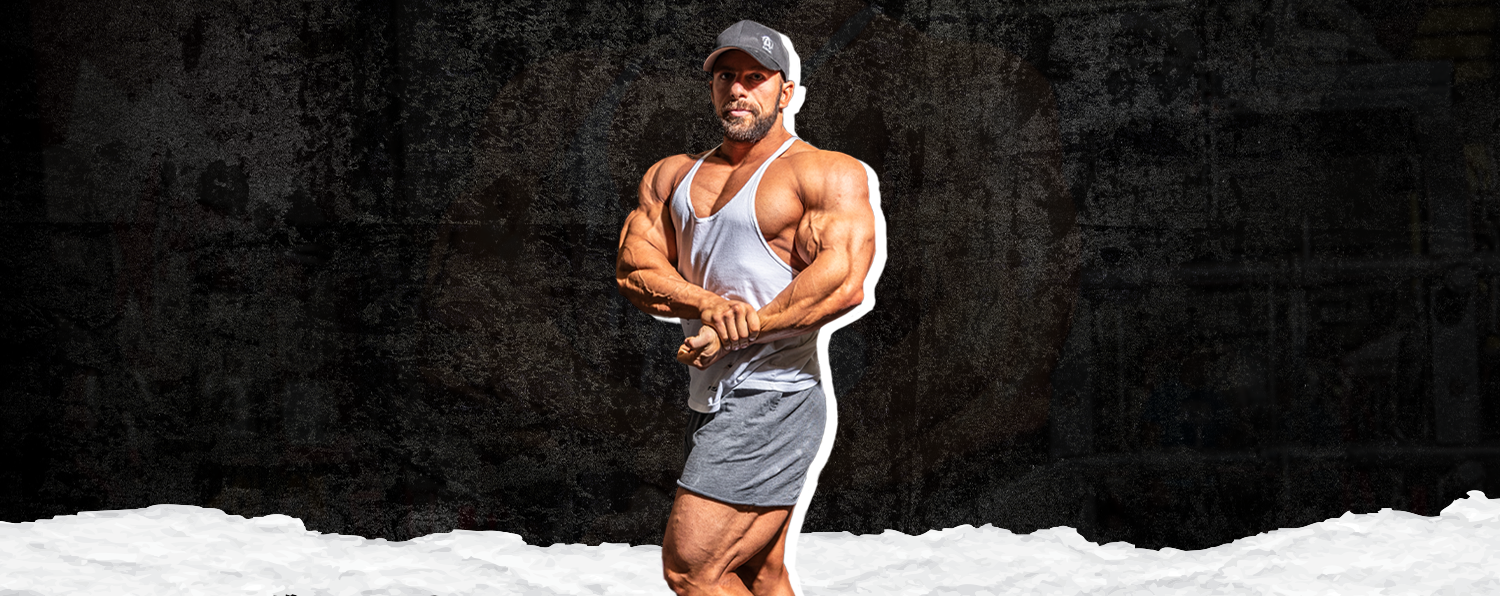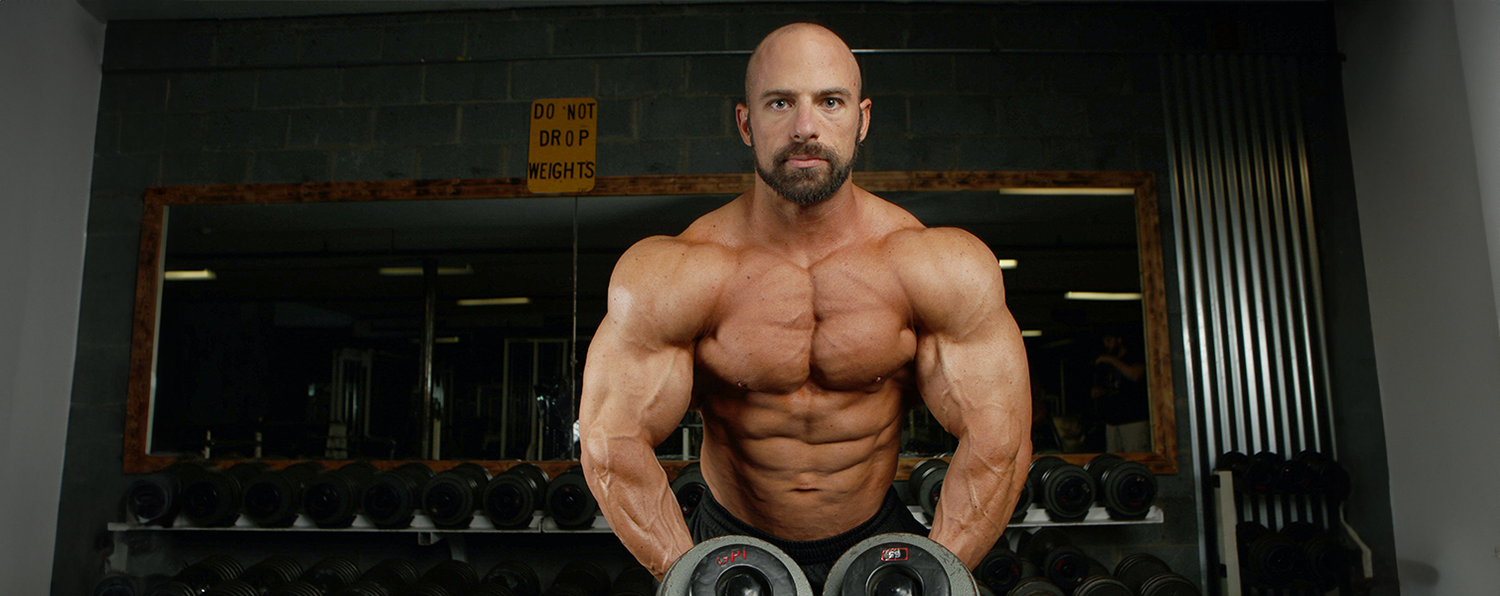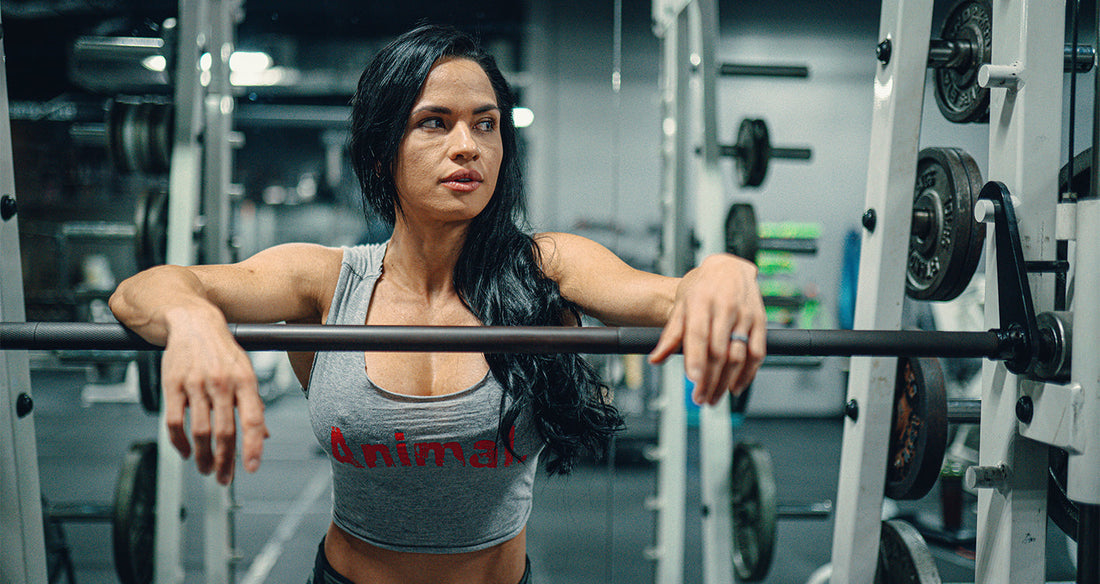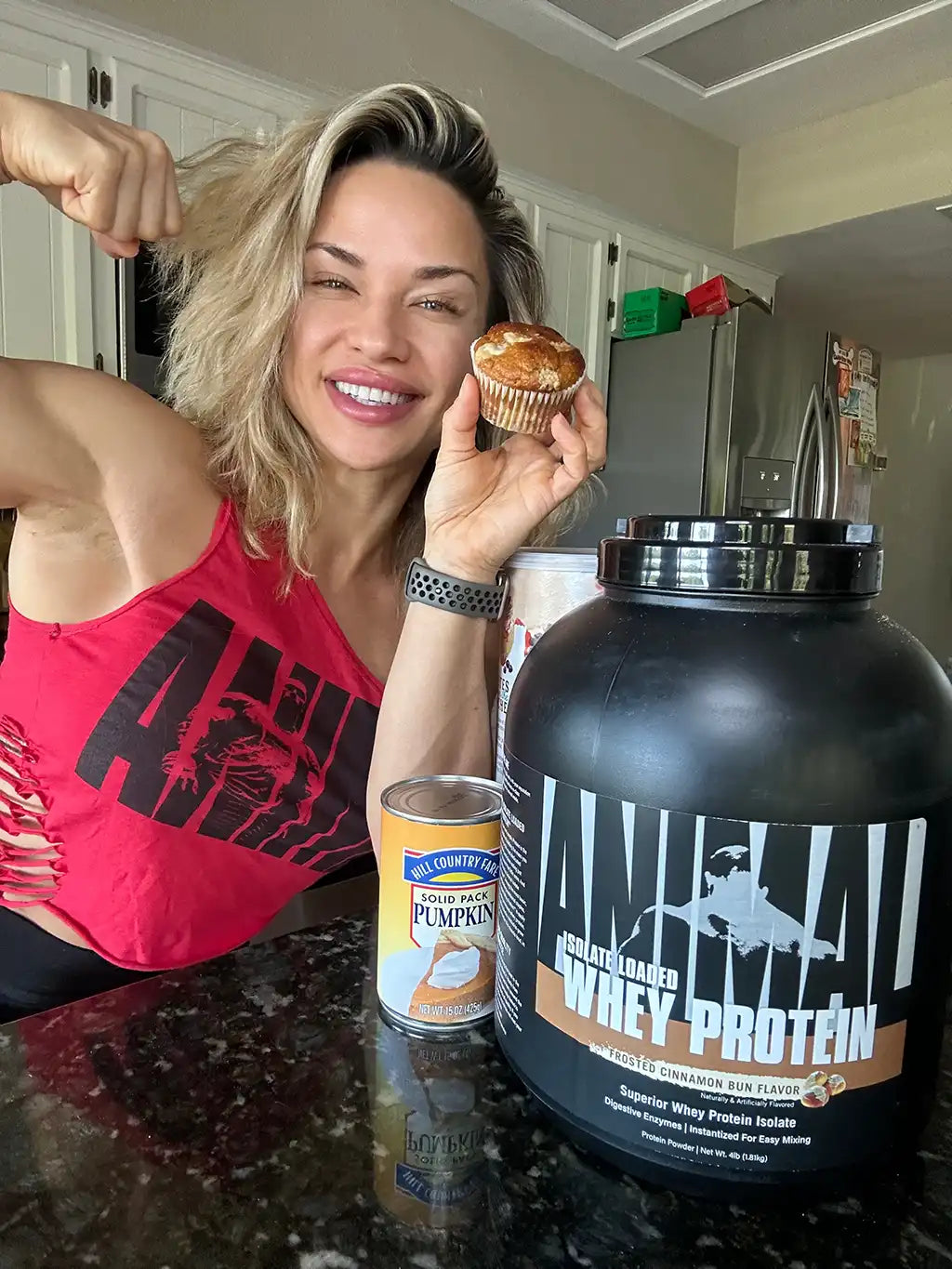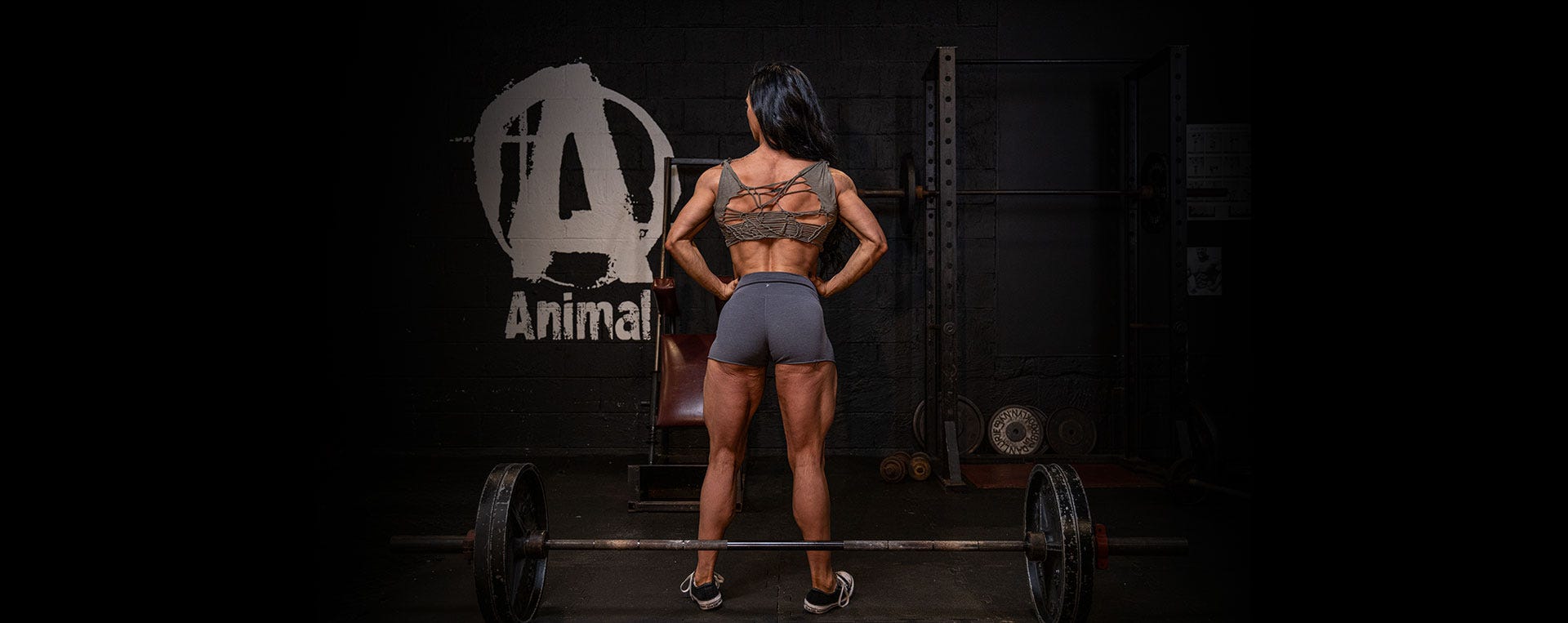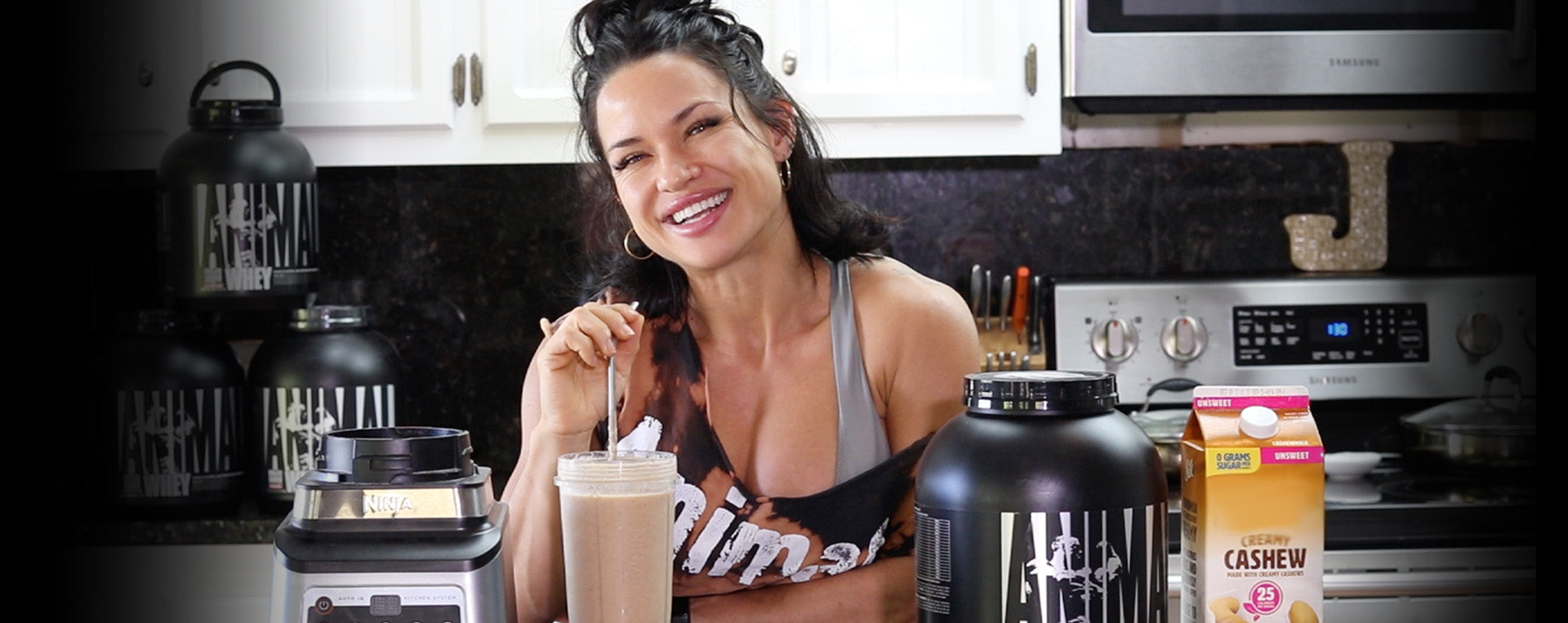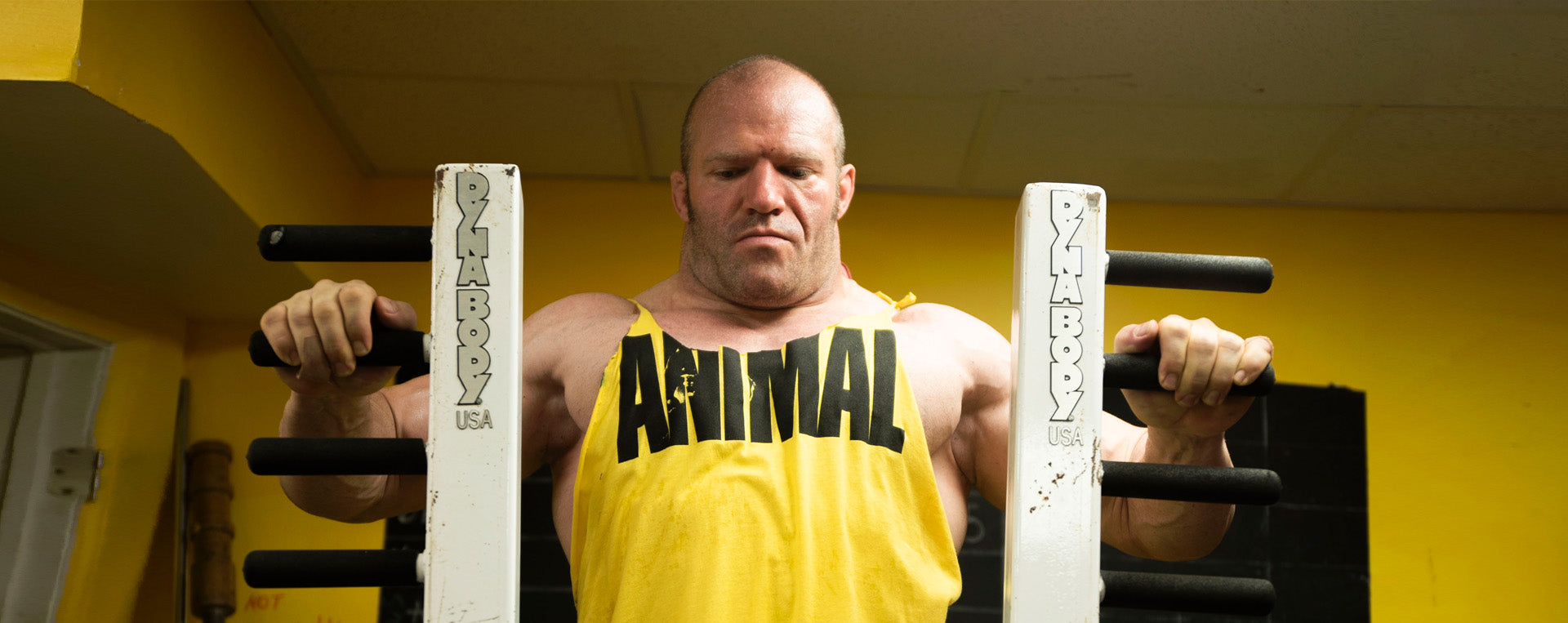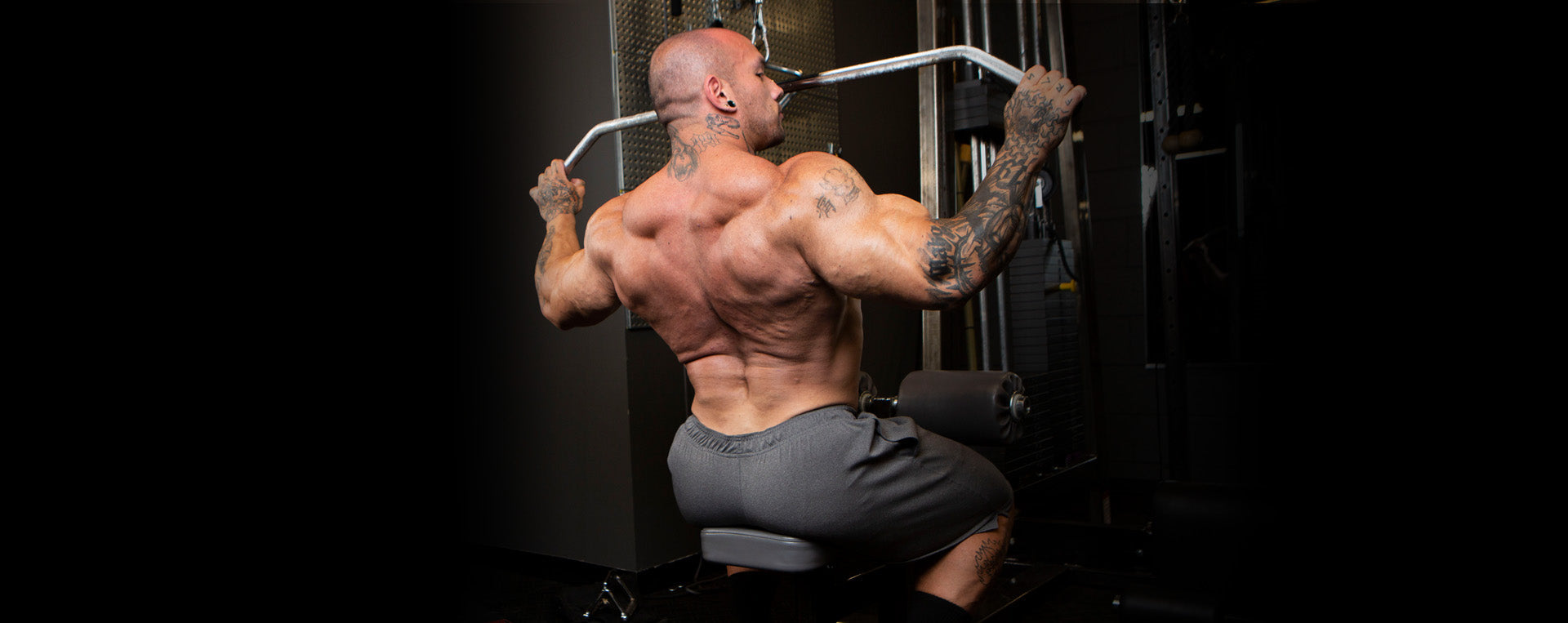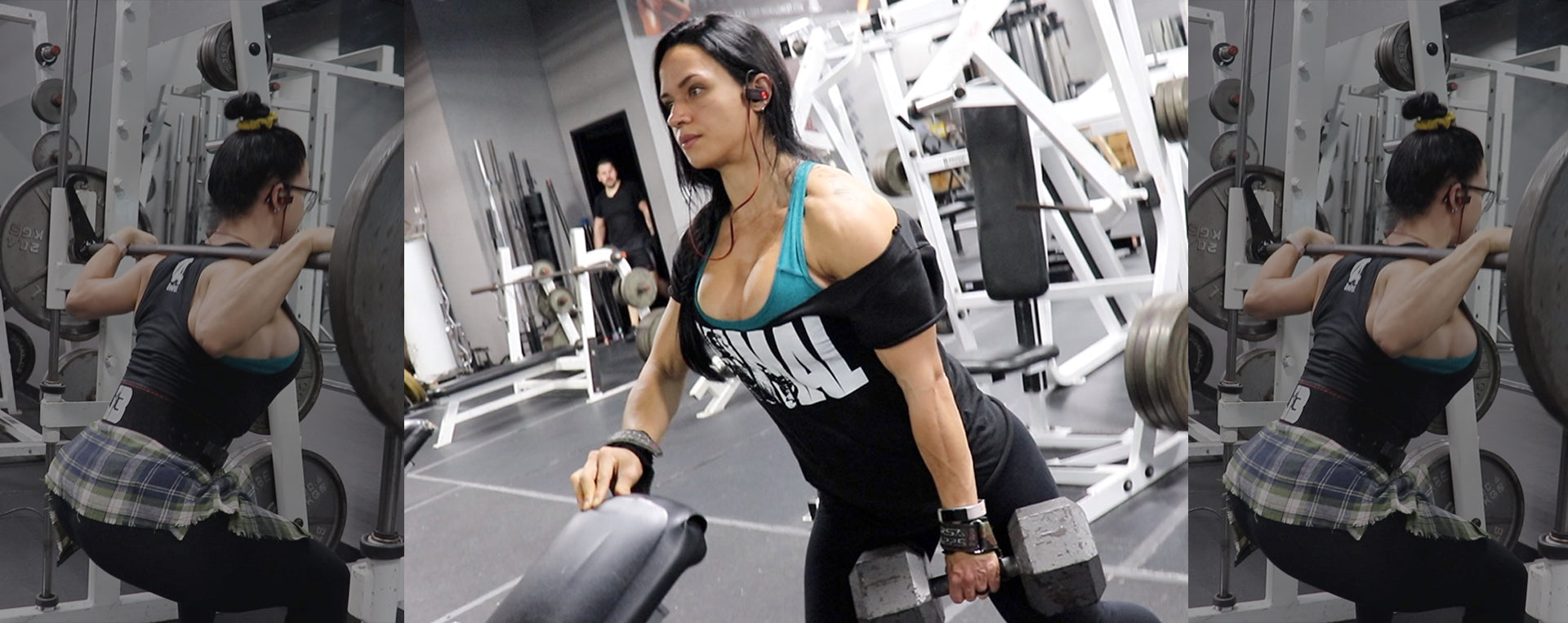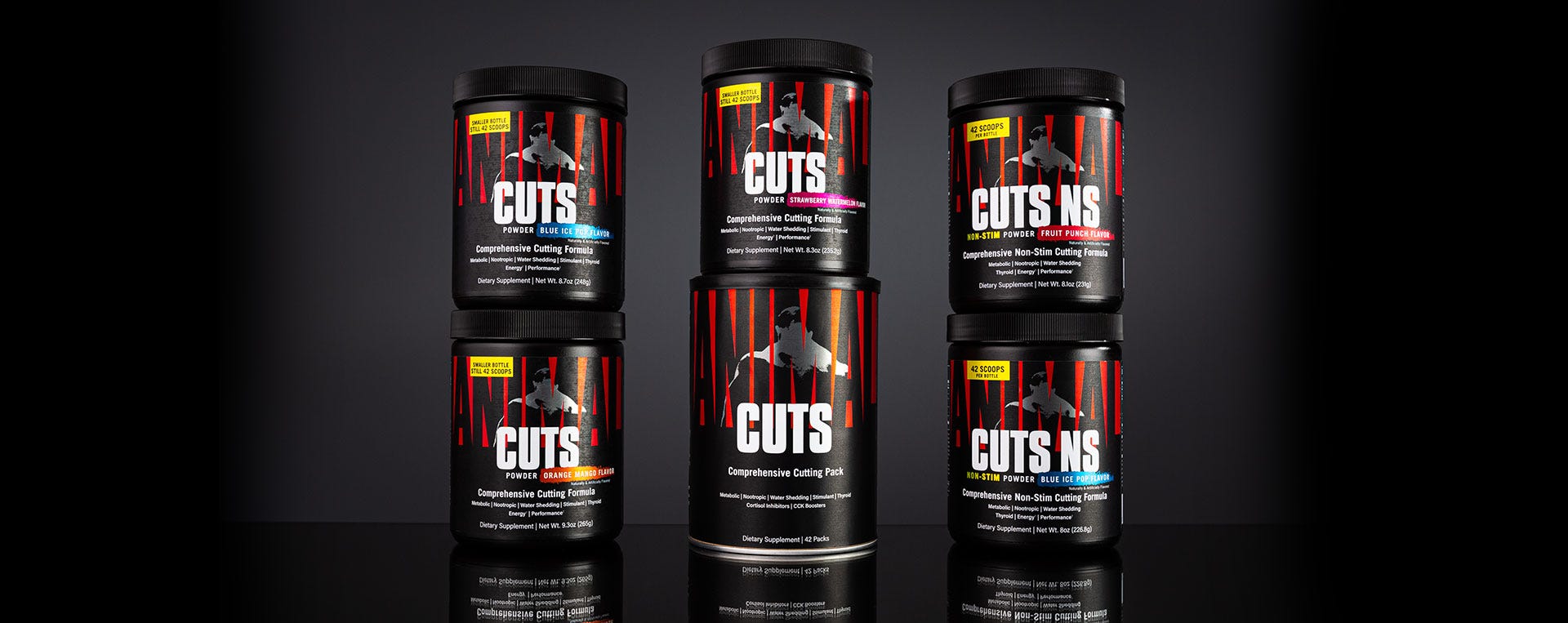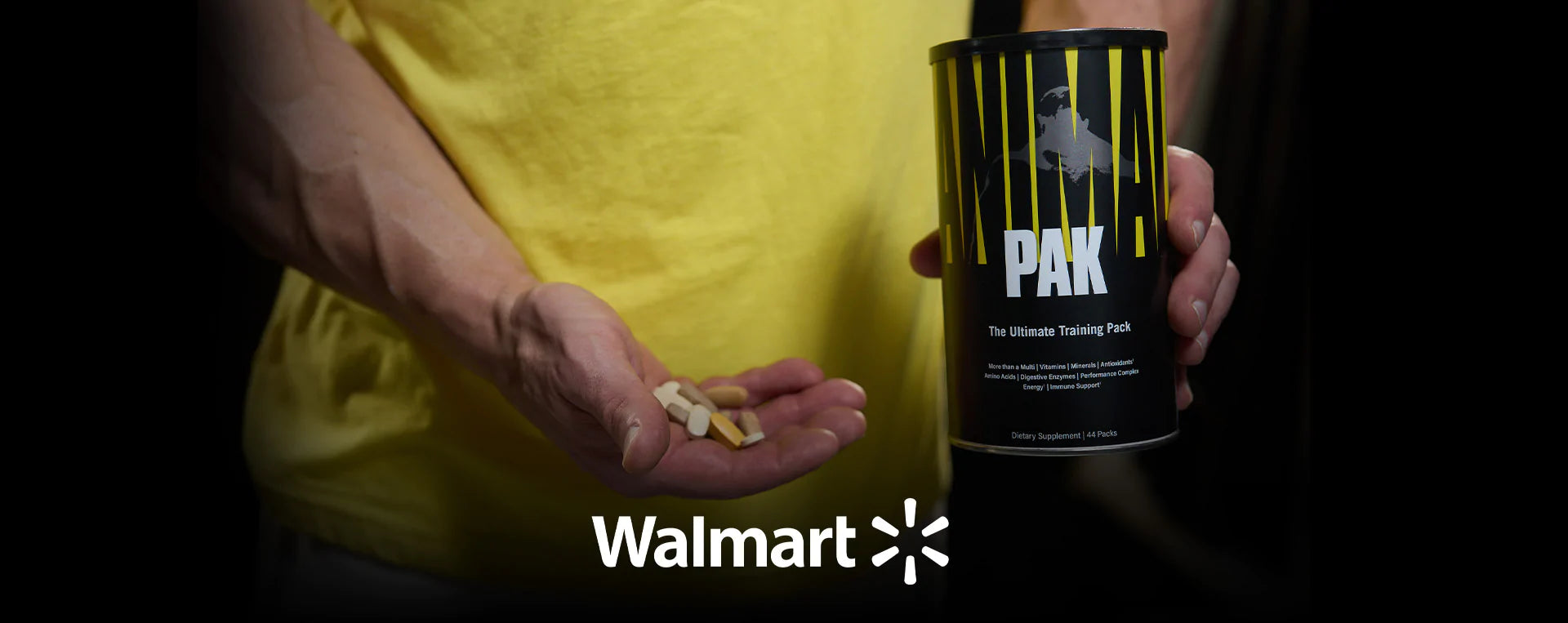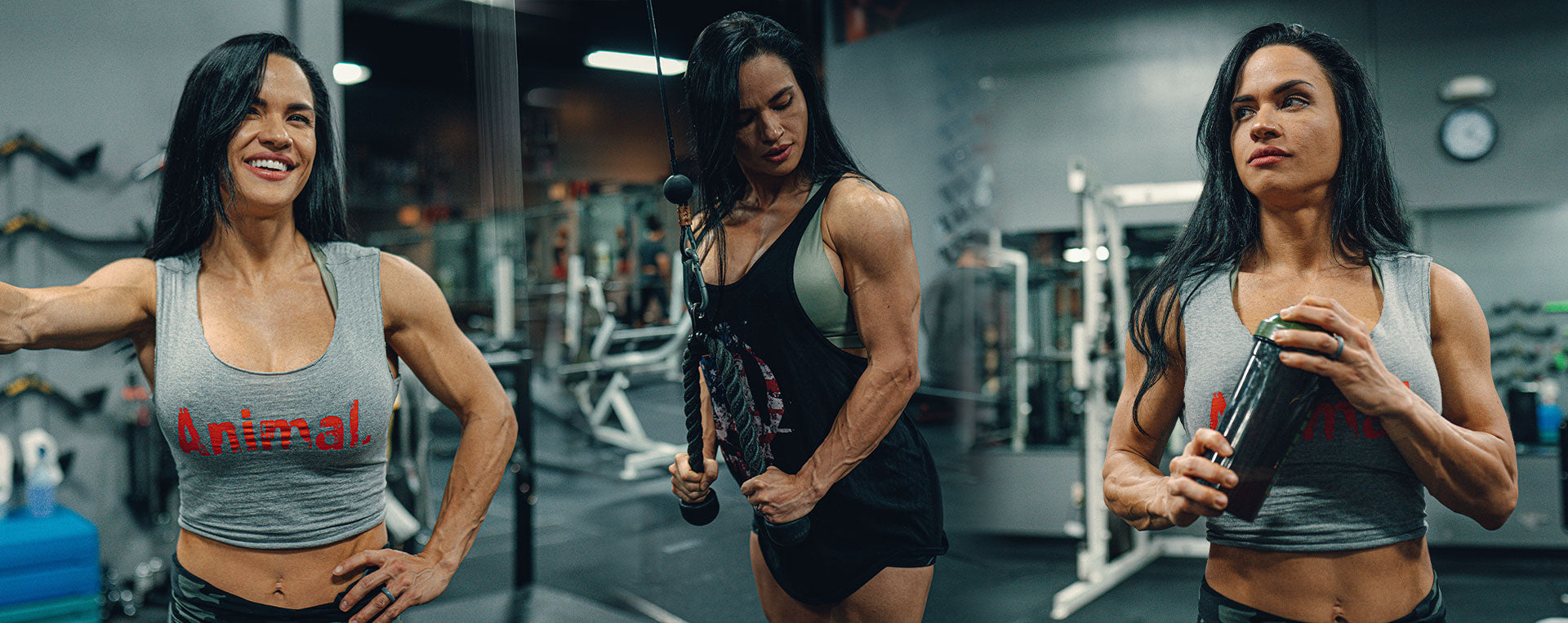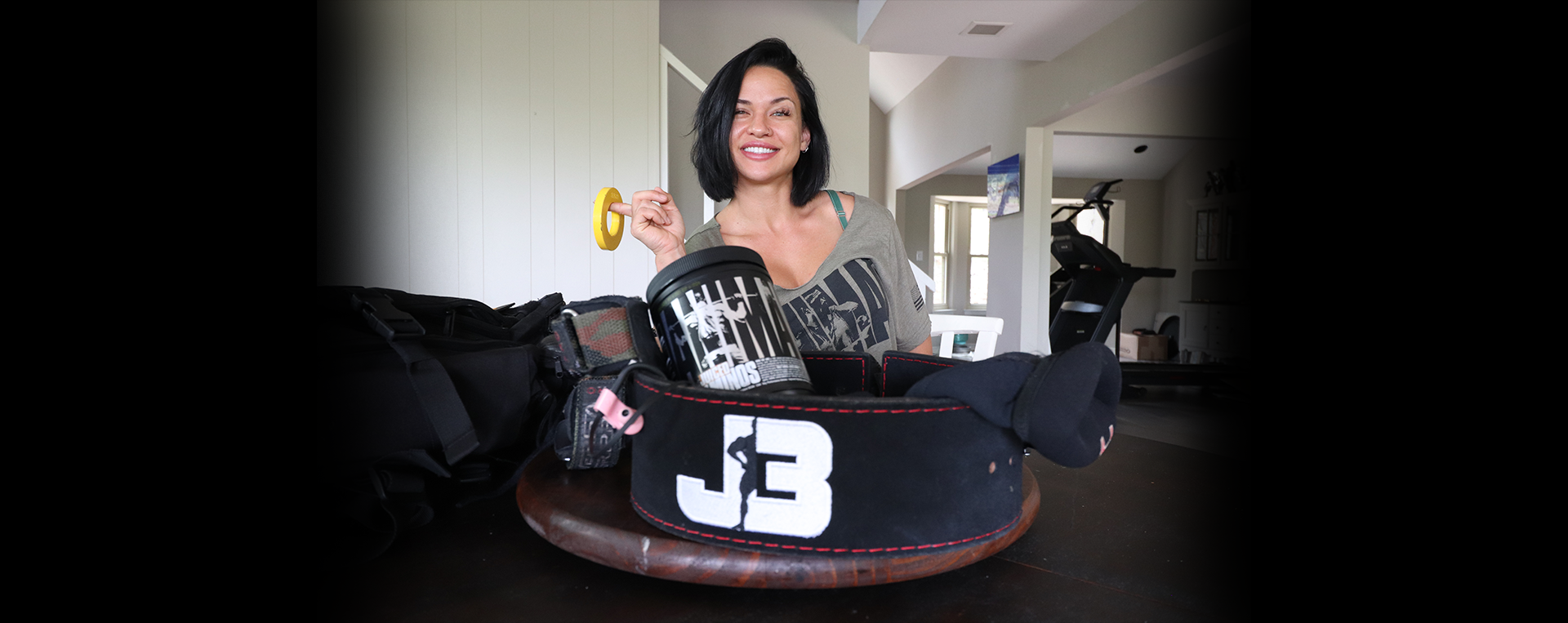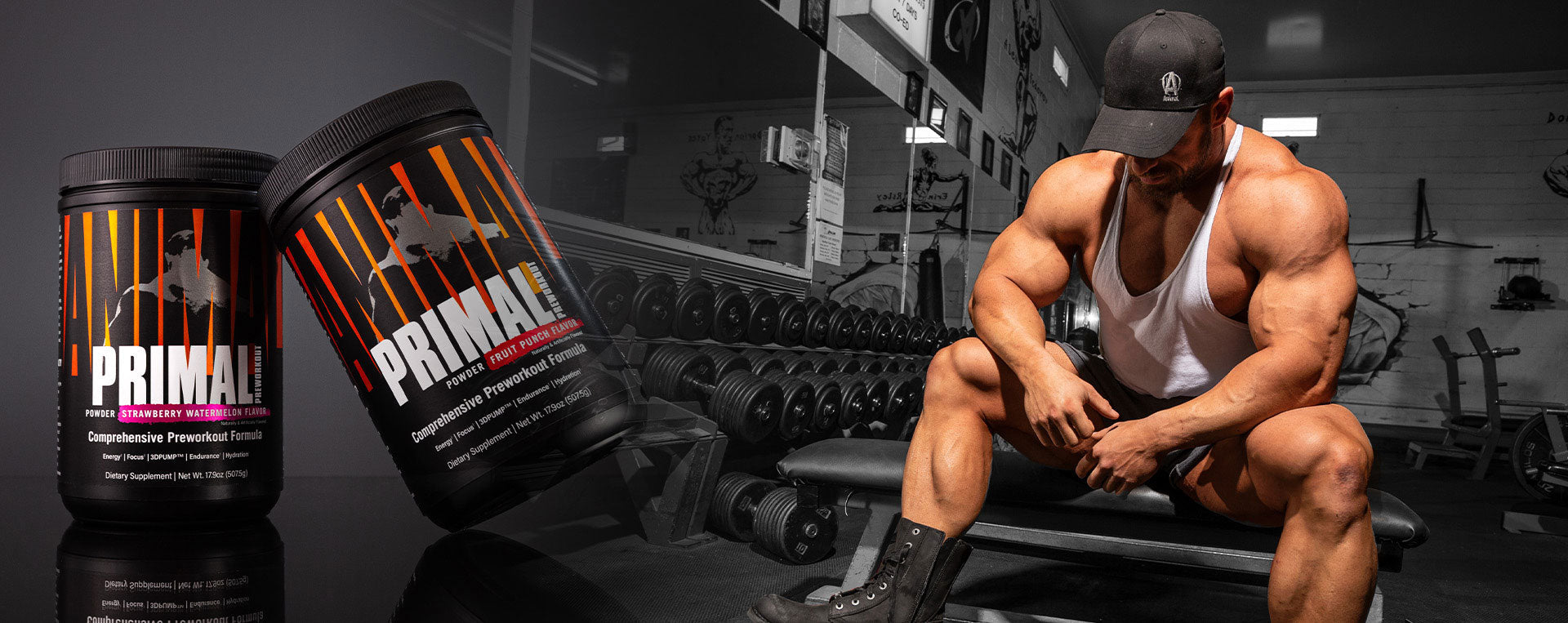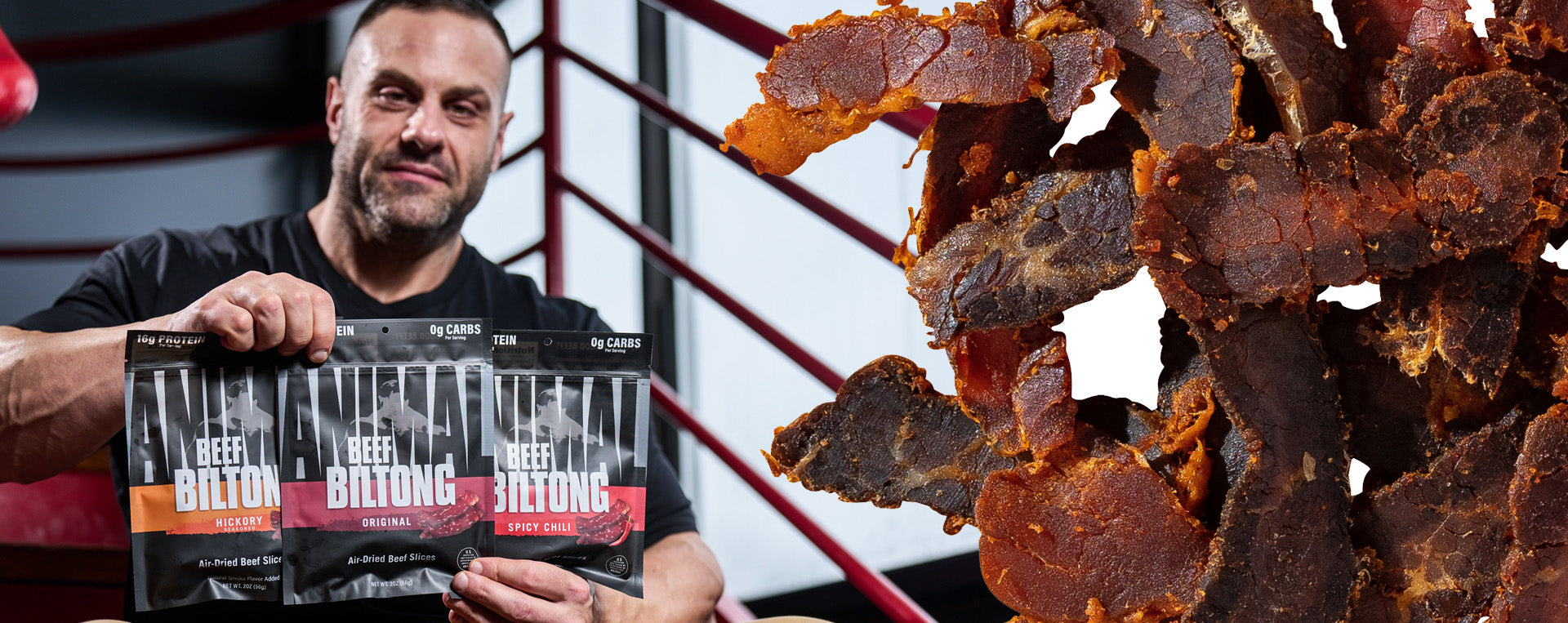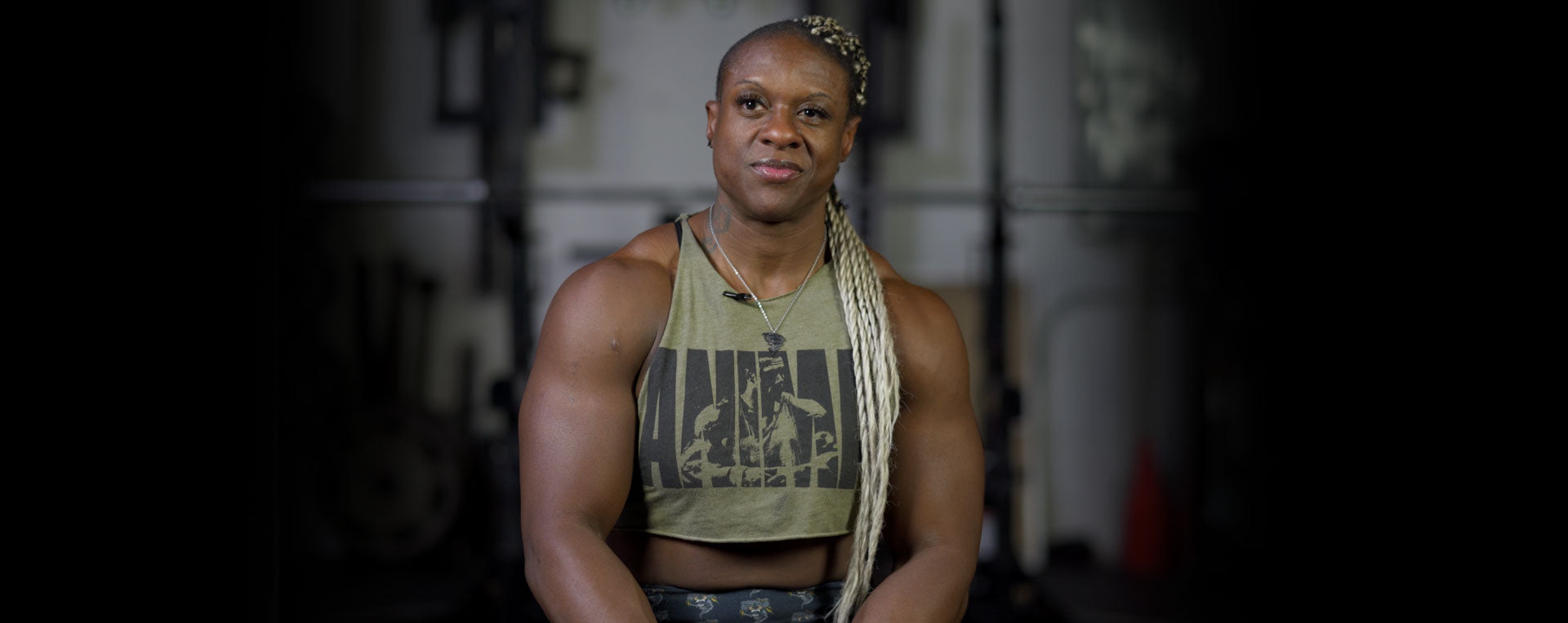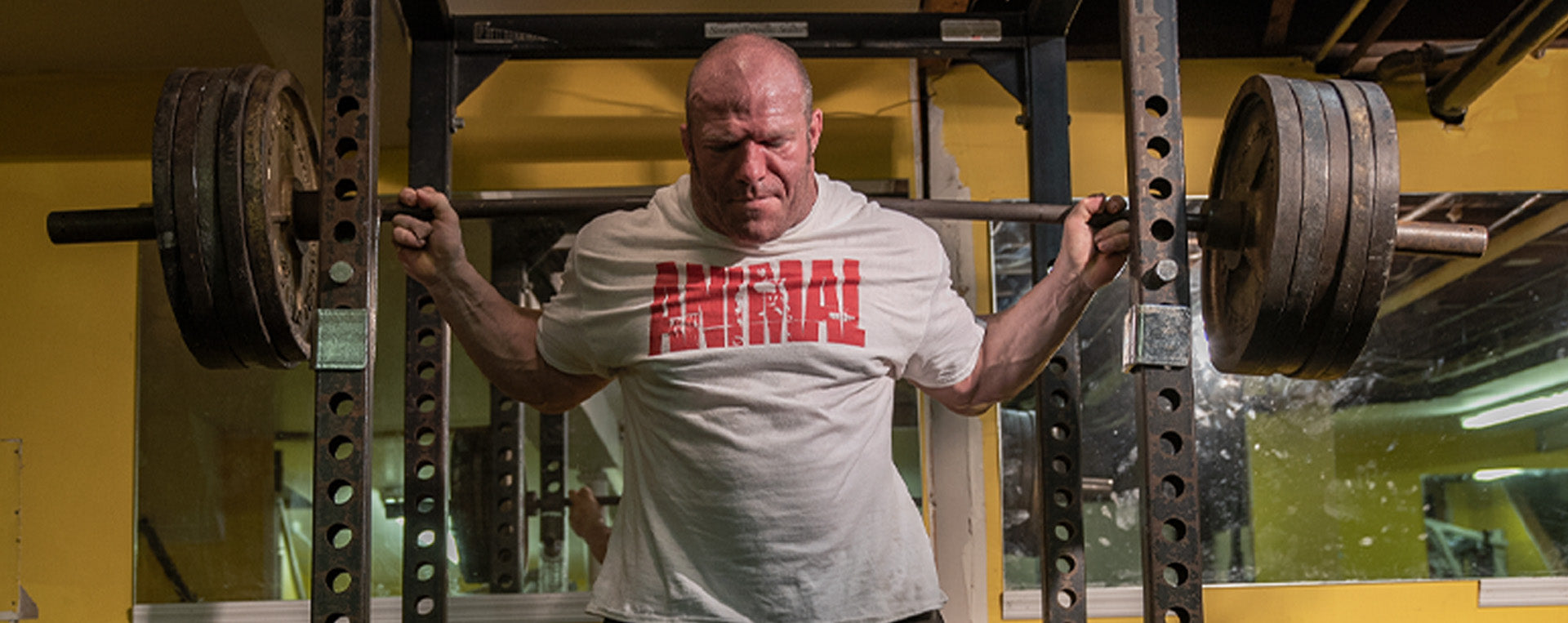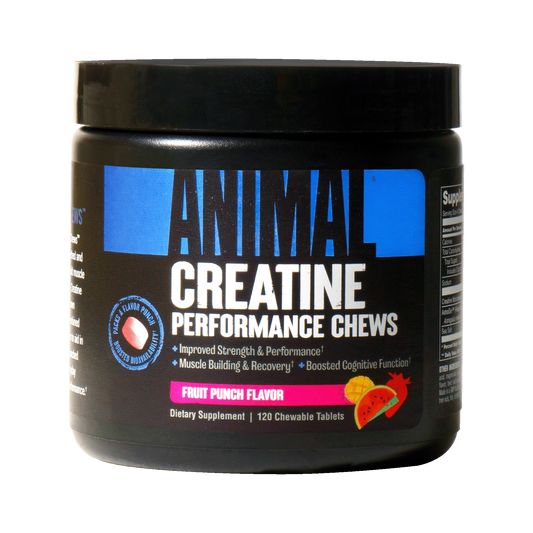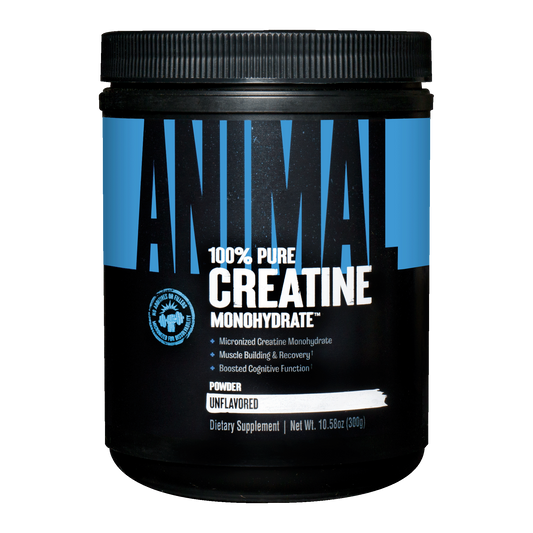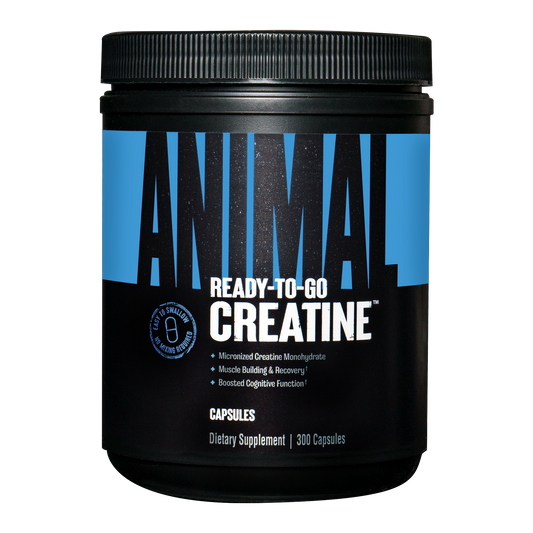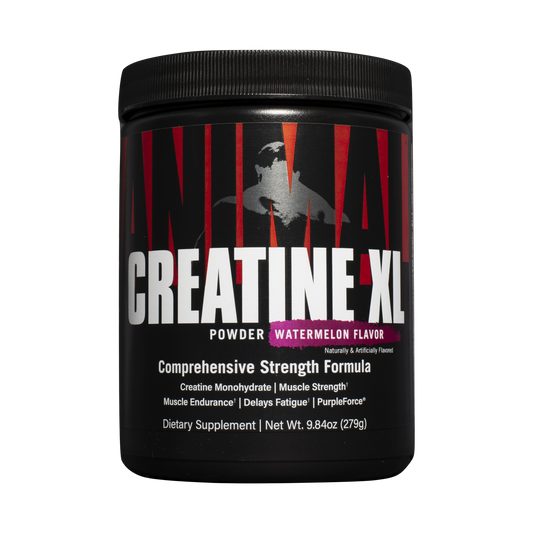Competition season is over, the remnants of our spray tans have long been washed down the drain, our dazzling suits are neatly tucked away, and we’re focused on improving for our next season. This isn’t the time to stay excessively lean but, on the opposite end of the spectrum, it’s not the time to dirty bulk either. Somewhere in between excessively lean and dirty bulk lies our body fat sweet spot—the magical spot where we feel good, we’re eating well, and training performance is excellent. Gaining too much body fat during improvement season means you will have to have a more aggressive contest prep, which could mean you’ll likely lose whatever muscle you did gain right along with that body fat. Needless to say, this is not the optimal approach if your goal is to make improvements for the next time you step on stage.
Your Tools of the Trade
Tracking tools should be in place to monitor progress and body fat levels. The more data you can collect over the weeks of your improvement season the more accurate your assessment on body fat levels will be. Of course, just like during contest prep, one of the greatest tools at your disposal are weekly pictures. I know taking pictures in improvement season isn’t quite as fun as when we’re shredded, but they are a great way to keep yourself accountable. Using tape measurements on your three largest caliper sites to track progress long term is another helpful tool. I take the caliper measurements of my glute, lower back, and quad because those are the areas that tend to hold the most body fat. Scale weight is another great tool to track your rate of weight gain during improvement season.
Rate of Gains
Assuming you didn’t begin pre-diet with a low body fat percentage, you want to avoid ending up with more fat than you began with last season. We know body fat regain is necessary and we have our tracking tools in place, so how much weight gain should we aim for? Weekly weight change for the novice to intermediate athlete will be 0.25-0.5% per week, while advanced athletes could expect to have a weight change of 0.25% per week to every other week. This rate of change will ensure we’re not putting on body fat too quickly but still allowing for recovery and productive training. As a general rule of thumb, a 10-12% body weight loss is reasonable during a 16-24 week prep. Avoiding gain beyond your predicted stage weight can prevent a prolonged, aggressive contest prep.
After a show, regaining body fat in a controlled manner removes any dieting adaptations. This includes food focus and hunger, sleep derangements, hormonal function and levels, as well as training performance and recovery. The optimal body fat percentage will vary for each individual. Some women may be able to sustain a lower body fat percentage (i.e., 16% and occasionally lower), while the majority will need to be at a higher body fat percentage (i.e., 20% or higher) in order to remove those dieting adaptations and be in that body fat sweet spot. This sweet spot will be the percentage that allows for the most optimal performance for muscle gain while not making the next contest prep excessively difficult or prolonged in order to reach stage leanness. I personally fall into the higher body fat percentage category. I’m currently 19 weeks post show and nearing the tail end of my improvement season. I’ve been in my body fat sweet spot of 23% for weeks now, and is the highest it will get throughout my improvement season.
Gym Performance or Lack Thereof
This often gets overlooked, but track your gym performance! How do you know you’re making improvements in the gym if you’re not logging? I hear people say “I make a mental note of what I did,” but honestly, can you tell me the weight and reps for each set you did for every workout four weeks ago? Probably not. Progress in the gym will never be linear. Some weeks our PRs will be abundant and other weeks they’ll take a nose dive. Keeping a training log will allow you to track trends over time and give you valuable insight into the big picture. You can go old school with a paper notepad or use one of the many logging apps that you can download onto your phone. I personally use Google sheets on my phone for easy access and logging.
Signs Fat Gain Has Gone Too Far
With muscle gain there will be fat gain. But there is an ideal body fat range you’ll need to stay in before you start partitioning more to body fat rather than muscle. The following are some indicators that body fat is climbing too high.
- Decreased gym performance accompanied by loss of pumps, energy, and stamina. Keep an eye on your training log. If you notice progress has decreased or stalled out and body weight continues to climb, that weight gain is likely body fat not muscle.
- Decreased insulin sensitivity. For females above 30% body fat, we’ll start seeing decreases in insulin sensitivity and an accumulation of visceral fat. You can see this in your labs for fasting serum glucose and insulin, but you might also notice hunger decreases and less pump in the gym.
- Chronic Inflammation. High inflammation is associated with body fat and weight gain. You might notice more water retention and feel achy joints. Training in states of low inflammation leads to greater increase in muscle mass.
- Lack of recovery. You may start to take longer to recover from session to session and have joint and connective tissue problems. Injuries start cropping up and you’re having a hard time keeping up with your training volume.
- Appetite is decreasing and you’re having GI distress. You’re having a hard time getting down all of your meals and you’re feeling bloated and have acid reflux. Overall GI motility is poor.
- Loss of motivation. We’re all human and lose motivation from time to time, but if you find yourself dragging for weeks on end, you might just need a psychological break from pushing so hard.
If you find you have one or more of these signs, it might be time to assess where you are in your improvement season and slow down the body fat gain train.
What To Do for the Over Fat Off-season?
Oh no! I’m in that body fat sour spot but have months of improvement season left. What do I do? Enter the “mini cut.” The mini cut is not a competition prep but a brief fat loss phase that we can implement to extend our improvement season. The goal of a mini cut will be to decrease body fat back to the optimal range. In doing so we can start improving gym performance, restore insulin sensitivity, lower inflammation, improve our appetite and GI motility, and give ourselves a psychological break.
Keep the muscle gains rolling in this improvement season by training in the body fat sweet spot and don’t let that sweet turn sour on you!



